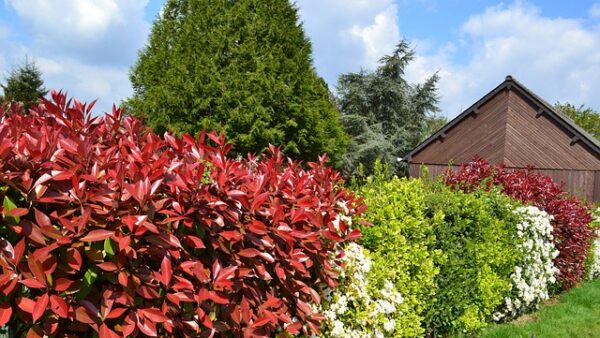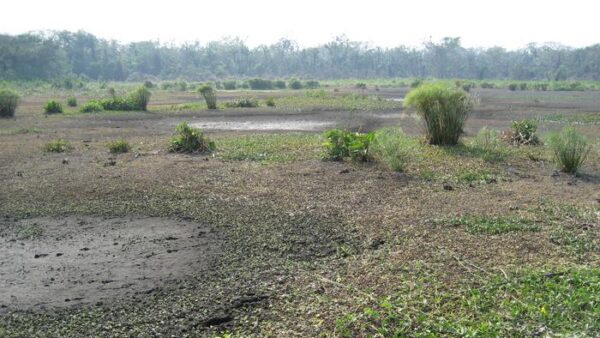Researchers at New Mexico State University’s Agricultural Science Center at Clovis and at the Las Cruces campus have been busy studying the ideal growing conditions for guar crops.
Certain climates in New Mexico just may be the perfect locations to grow guar, which is derived from the Hindi word “cow food” and has grown for centuries in south Asia.
Guar is a legume crop that is high in protein and has several uses. Depending on its form, it may be used as a dietary supplement, as a tool in the hydraulic fracturing industry or as an ingredient that keeps ice cream from melting too quickly.
Before coming to the NMSU Plant and Environmental Sciences Department in 2009, associate professor of sustainable crop production Kulbhushan Grover studied guar in India. Building upon his experience, Grover saw an opportunity to grow guar in New Mexico and established research at NMSU testing its adaptability in the local conditions.
“This crop, being a low-water-use crop and a very drought-resistant crop, fits really well in the desert Southwest, including southern New Mexico and eastern New Mexico,” Grover said. “Based on its growing season, it also fits well with our current local cropping systems. It could be a good rotation crop with cotton, chile, onion or any other non-legume crops.”
At the science center in Clovis, NMSU crop physiologist and associate professor Sangu Angadi completed a two-year study in the summer of 2015 that primarily focused on the optimal time of year for seeding.
“My research focused on when to plant guar in order to maximize productivity,” Angadi said. “Generally, heat and water stress at critical growth stages affect guar yields. We tried to plant from April to July, but we lost April planting due to a hailstorm.”
Sudhir Singla, a graduate student working under Grover’s supervision in plant and environmental sciences at NMSU, knows firsthand about the timing of planting the seeds. He recently defended his thesis, in which he helped determine the best time to plant guar seeds. Together with Grover and Angadi, Singla confirmed that the optimal planting time is summer.
“I’m testing the adaptability of guar in southern New Mexico and in eastern New Mexico,” Singla said. “So far, we have found some interesting results, and it seems like the June planting is the best planting.”
So, why grow guar in New Mexico? In addition to its low water use, New Mexico has the ideal climate, with its minimal rainfall and high summer temperatures.
“The majority of guar is produced in the Thar desert of India and Pakistan,” Angadi said. “Guar is very well adapted to those conditions. Compared to that region, environmental conditions in New Mexico are similar, and the heat and drought stress is common.”
Another reason to grow the crop in New Mexico is to take advantage of the demand. At this time, India is the largest producer and exporter of guar, and due to the exponential use of guar gum in the hydraulic fracturing industry, it has become a billion-dollar crop.
“With the renewed interest from the oil industry, this crop has a huge potential in the U.S.,” Grover said. “Right now the U.S. is the biggest user of guar gum in the world. Close to 90 percent of the guar that is produced in the world ends up in the U.S. In 2011, the U.S. imported guar products worth $1 billion. There is a huge potential if we want to grow guar domestically to reduce reliance on imports and boost the local economy.”
Despite recent discoveries, there is still much to study about guar in the Southwest. In conjunction with Texas A&M and Texas Tech University, efforts are currently underway to secure funding to conduct in-depth guar research, which will include evaluating the crop as it relates to irrigation levels.













